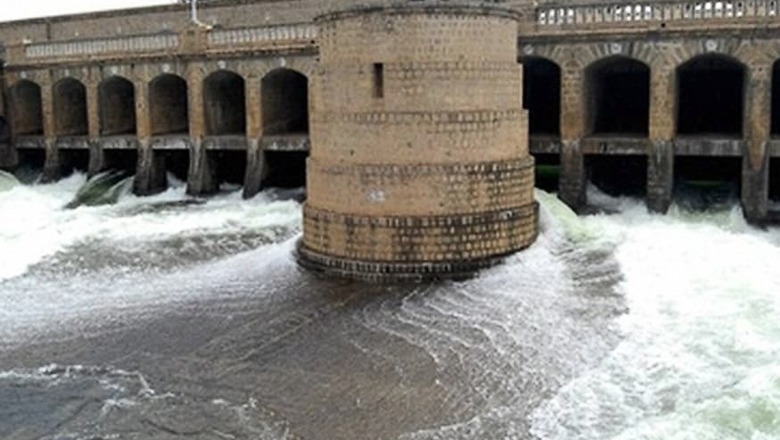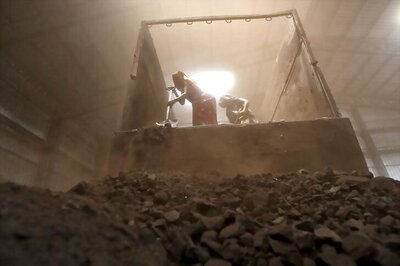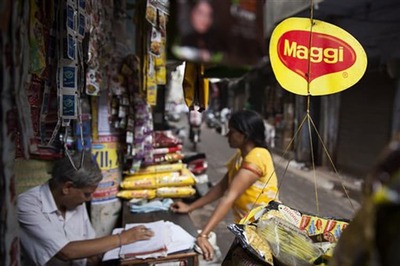
views
On Monday, a group of enraged farmers went to Mandya town and asked Cauvery Raitha Hitharakshana Samithi president D. Made Gowda to leave the town.
He and his followers had mounted a peaceful protest in support of Karnataka’s stand in the Cauvery waters dispute.
Matters reached a head as tempers flared and the police told Made Gowda to leave as they could not control the mob. The farmers were angry because they felt they had been cheated.
The incident highlights the lack of trust in the political class as the Cauvery river waters inflames passions yet again in Karnataka and Tamil Nadu.
A failure to address the underlying issues of agriculture and water use in the Cauvery basin has meant that the decades old dispute remains unresolved.
At the heart of the dispute is a history of despair and distrust with official policies over water and agriculture.
In the Cauvery basin in Karnataka, which spans the districts of Mysore, Mandya, Hassan, Chamrajnagar, Tumkur and Bengaluru rural, agriculture is in dire straits, given the last two years of drought.
Even 2016 has not been a deficit monsoon year, with 90% of Karnataka having a rainfall deficit
The main crops in the basin are rice and sugarcane, pulses and millet. However, only rice and cane provide a decent measure of income support to farmers.
Sugarcane was planted on 2 lakh acres of land and paddy on 1.5 lakh acres across Mandya, Mysore and Hassan, according to J.M. Veerasangaiah, the working president of the Karnataka Rajya Rythu Sangha.
After two years of drought, farmers were expecting some profits on the back of these crops and invested accordingly.
The problem is that rice and cane are water-intensive crops and there just is not enough water in the Cauvery to irrigate them.

As many as 102 farmers committed suicide in Mandya district in 2015, Dr. KJV Vasu, who is a part of the Karnataka Rythu Horata Samiti, said.
The drought years saw an increase in farm loans from banks and money lenders, which they were unable to pay back.
To add to their woes, the prices of sugarcane and paddy have declined over the past three years, which has further reduced the already meagre purchasing power of farmers.
For instance, the rate for sugarcane was upto Rs 2,600 per ton three years ago compared to Rs 1,600 now. Similarly, rice has declined from Rs 4,000 per quintal to Rs 2,500.
Even the Karnataka government’s instructions on agriculture have not been helpful. Earlier this year the Karnataka government tried to get farmers to plant less water-intensive crops, citing the low levels of water in reservoirs.
By the time the government communicated this most farmers had finished planting cane and paddy and were waiting for the water to irrigate them.
The result is a simmering anger among people in the Cauvery basin that is being expressed in terms of a regional identity. “Water is scarce, and in times of distress it becomes a highly contested resource,” S. Vishwanath, an adviser to the Biome environmental trust in Bangalore said.
“It is being falsely projected in terms of a state or a language identity, as is happening between Karnataka and Tamil Nadu,” he added.
People along the Cauvery basin in Karnataka are angry at the notion that the government has mismanaged the water resources of the state.
Government figures
In Mysore district, of a total cultivable area of 6,76,382 hectares, rice is grown on 1,05,592 hectares and sugarcane on 8,451 hectares.
People are further incensed that the government, after claiming there was no water for crops, is being forced to release water to Tamil Nadu by the Supreme Court.




















Comments
0 comment